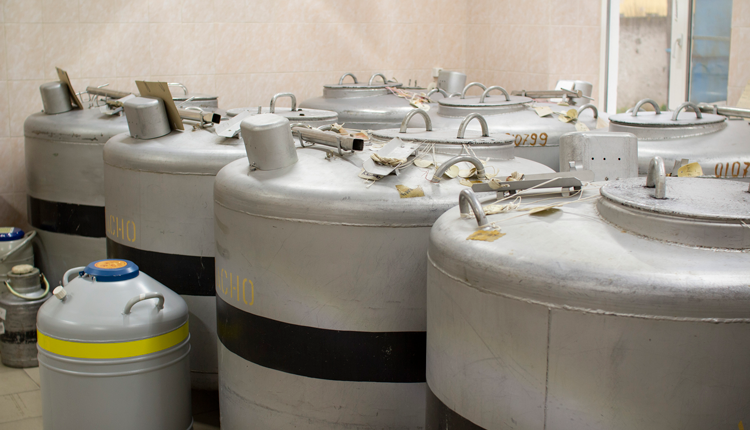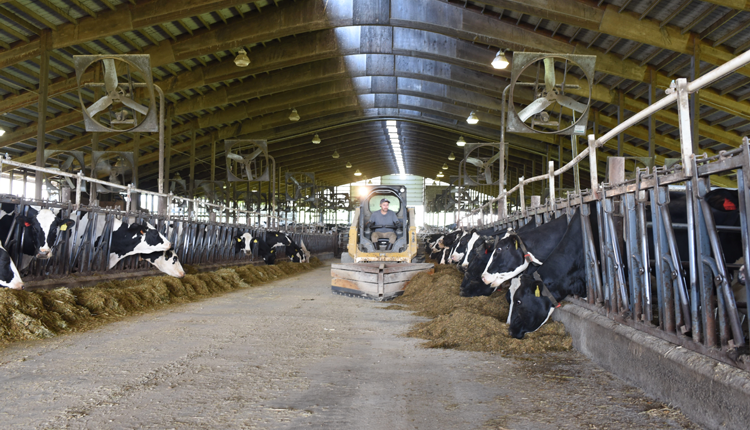
For years, preweaned dairy calves were housed individually as a means to reduce the spread of disease and monitor feed intake. Yet, over time, researchers have suggested that calves may benefit from socialization in group housing situations.
Are farms across the country moving that direction?
Data collected by USDA and shared in the recently released "Dairy Cattle Management Practices in the United States, 2014" report showed that, while some farmers are utilizing group pens, individual housing is still most common.
Of the 1,261 dairy operations surveyed for the NAHMS (National Animal Health Monitoring System) Dairy 2014 report, 96.8 percent raised calves on-site. Larger operations with more than 500 cows were more likely to utilize a custom calf grower. Still, 81.4 percent of farms that size reared calves on the farm.
The majority of calves were housed outside in individual hutches or pens. Across the nation, 37.9 percent of calves were housed that way. Individual pens or hutches inside a building were utilized by a quarter (25.1 percent) of farms.
Indoor group housing in multiple animal pens was the third most popular housing choice for preweaned calves, recorded at 14.7 percent of the dairies.
Location impacted housing choice. In the west, outdoor individual housing was the clear leader, used on half the operations. Less than 1 percent of farms in the west used indoor group housing.
On the other hand, while outdoor individual housing was still the most popular choice (36.8 percent) in the eastern region, a quarter of calves there were housed indoors individually and another 16 percent were housed indoors in groups.
Regardless of location, nearly all operations (94 percent) that housed preweaned calves in individual outside hutches provided extra bedding and a windbreak during cold winter weather.
(c) Hoard's Dairyman Intel 2016
March 7, 2016






